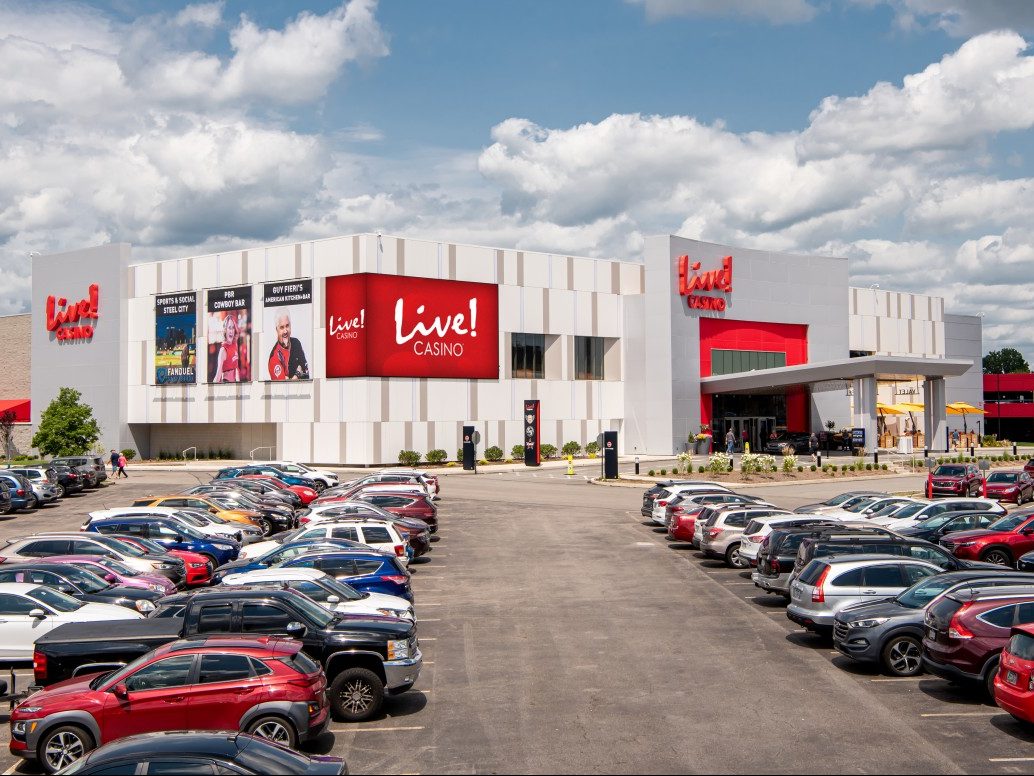CREFC Special Report: CRE Faces Challenges Near and Far
Global trade will no longer be dominated by Americans, Eurasia Group President & Founder Ian Bremmer told conference attendees.

Commercial real estate has performed well to date in an uncertain environment in 2025, but the sector faces challenges in the near and far terms, according to panelists at the Commercial Real Estate Finance Council’s annual conference, held this week in New York.
Some short-term issues being wrestled with include weak transaction activity amid a wide bid-ask spread, high financing costs, a mountain of loans that need to be refinanced, a reset of the office market and the unknown fate of the government-sponsored enterprises. Longer-term issues include the restructuring of global trade, global political conflicts and unrest in America’s political system.
READ ALSO: Will Economic Headwinds Blow Away CMBS Growth?
Short-term CRE issues
Debt markets have proven surprisingly resilient this year despite high interest rates, with the 10-year Treasury settling in the area of 4.5 percent. On pace for its most active year since 2007, CMBS issuance has topped $50 billion through early June. Lending by commercial banks and debt funds has also picked up modestly year-to-date. Borrowers are mostly interested in five-year fixed-rate loans.
GSE production is up roughly 25 percent year-to-date, and Freddie and Fannie expect to get close to their $73 billion allocations in 2025. GSE reform is brewing, but the administration has not shared any proposals with Congress, making it unlikely to happen this year.
One area that has surprised the industry is growth in securitization of loans backed by office buildings. Office loans have comprised 30 percent of single-asset, single-borrower CMBS so far this year, as investors are willing to bet on low-leverage loans backed by Class A offices owned by strong sponsors. Although the demand is for conservatively underwritten loans, it could be the beginning of a reset that helps unlock the office market.
Despite the strong debt market liquidity, transaction activity remains scarce. Buyers and sellers continue to be far apart on pricing, as acquisition yields remain thin relative to mortgage coupons. With rates unlikely to drop much soon and economic uncertainty high due to changes to tariffs, deal flow is expected to remain flat. “We’re still dealing with post-Liberation Day hangover,” said one CREFC panelist.
High interest rates have also made it difficult to refinance low-coupon loans originated before rates shot up in 2022. CMBS delinquency rates rose to 6.5 percent this year, and rates for other lender types have also risen, albeit remaining relatively low. Issuers of collateralized loan obligations, which wrote $45 billion of short-term loans in 2021, just before rates rose, have taken to buying bad loans from pools and restructuring or selling them. That strategy protects senior bondholders and spreads the modifications over time to minimize losses to the trust.
Global reset
Commercial real estate is working through its issues during a changing global world order triggered by the current administration and in its beginning stages, according to Ian Bremmer, president & founder of Eurasia Group and GZERO Media, who opened the CREFC conference.
The administration has dismantled the global trade system, according to Bremmer. Although it has backed off some of its most extreme tariff orders and there have been judicial rulings that the tariffs were wrongly set, it has a host of mechanisms by which to raise tariffs. When all is said and done, tariffs imposed by the U.S. will be about 15 percent—levels last seen in the 1930s, Bremmer said.
America’s relationship with European allies, who do not want conflict, are now strained, and the U.S.’s soft power has been reduced in parts of the world such as Africa and South America, creating an opening for China. “Global trade will no longer be dominated by the Americans,” Bremmer predicted. “China was No. 2. Now it becomes No. 1 by default. The Chinese government wants to assure other governments around the world to see them as comparatively responsible.”
However, America’s role as the world’s currency reserve is not in danger, given issues with such currencies as the Euro and Chinese yuan. Noting the “stickiness” of global economic order, Bremmer said, “Everyone wants to reduce their reliance on the U.S., but it’s hard.” Bremmer suggested that going forward other countries will look to the U.S. as the leader in artificial intelligence while China will be a leader in post-carbonization energy. That both major powers will be necessary for critical industries is, ironically, a stabilizing factor that will help to perpetuate globalization, he said.
Political challenges lie ahead. The U.S.’s “dysfunctional” political system, which Bremmer said has operated for generations as a “kleptocracy,” now faces a new threat from the attempts to undermine the judiciary and universities. Meanwhile, European countries such as France and Germany are one election cycle behind the U.S., and within five years could be headed by more authoritarian leaders, he observed. “Things I’m worried about are not going to blow up tomorrow,” Bremmer said, “but for our kids it will be more challenging.”
Paul Fiorilla is director of research for Yardi Matrix.







You must be logged in to post a comment.